Air Pruning Seed Trays: How They Encourage Bushier, Stronger Roots
2025-08-01 21:33:57
When it comes to starting healthy plants from seed, seed trays are a foundational tool. But not all seed trays are created equal. Among the many types available, air pruning seed trays stand out as a powerful option for encouraging bushier and stronger root systems.
If youve ever struggled with root-bound seedlings or weak transplants, switching to air pruning seed trays could dramatically improve your growing success. This article explores how air pruning works, the benefits it offers, and how to get the most from these trays.
What Is Air Pruning?
Air pruning is a natural process that occurs when plant roots come into contact with dry air. Instead of continuing to grow in a circular or downward pattern (as they might in solid plastic containers), the root tips dry out and stop growing in that direction. In response, the plant sends out new root branches further up the root system, resulting in a denser, more fibrous structure.
This effect is exactly what air pruning seed trays are designed to take advantage of. By allowing air to reach the sides and bottom of the tray cells, they trigger this beneficial response in seedlings.
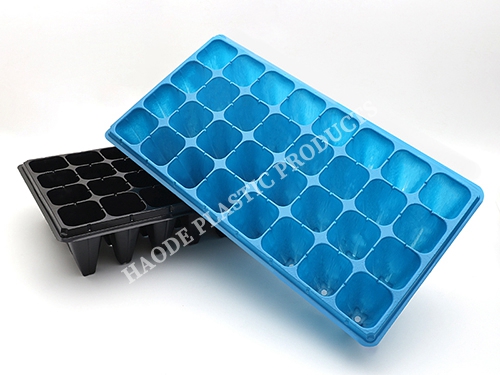
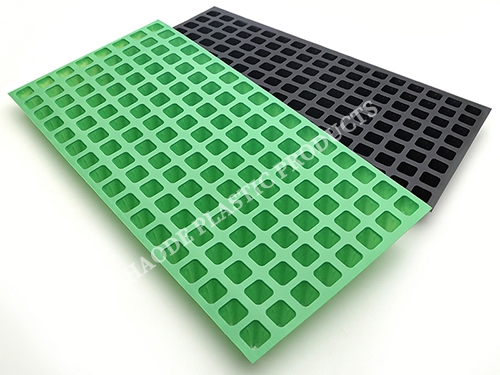
How Air Pruning Seed Trays Work
Unlike traditional seed trays with solid walls, air pruning seed trays feature:
Open sides or bottom grids that expose root tips to air
Elevated designs that increase airflow and drainage
Individual cells that separate roots to prevent tangling between plants
When a seedlings root reaches the edge of its tray cell, its exposed to air. That exposure naturally prunes the root tip and stimulates lateral root development, leading to a denser, more efficient root system.
Benefits of Using Air Pruning Seed Trays
1. Bushier Root Systems
The main advantage is a more fibrous root structure. Plants with many fine roots absorb water and nutrients more effectively than those with long, spiraled roots.
2. Reduced Transplant Shock
Since roots are not wrapped around the inside of a container, they adjust more easily to open soil after transplanting. This leads to quicker establishment and less stress on the plant.
3. Improved Water and Nutrient Uptake
With roots that spread out rather than circle, plants are better equipped to access moisture and nutrients in their growing environment.
4. Faster Growth and Better Yield
Healthier roots lead to more vigorous vegetative growth, which can translate into earlier harvests and improved crop yield.
5. No Root Circling
Traditional seed trays often produce root-bound seedlings, where roots spiral around the base. Air pruning eliminates this issue naturally.
Ideal Use Cases for Air Pruning Seed Trays
Not all seedlings need air pruning to thrive, but certain crops benefit significantly from it. Use air pruning seed trays especially when growing:
Tomatoes, peppers, and eggplants
Woody herbs like rosemary and thyme
Perennial flowers or native plants
Trees or shrubs started from seed
These plants all benefit from stronger root architecture before transplanting, especially if they will spend extended time in trays before planting outdoors.
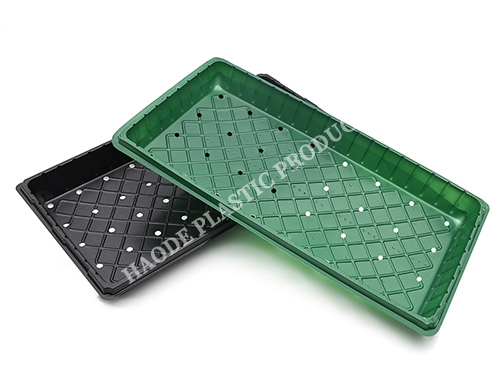
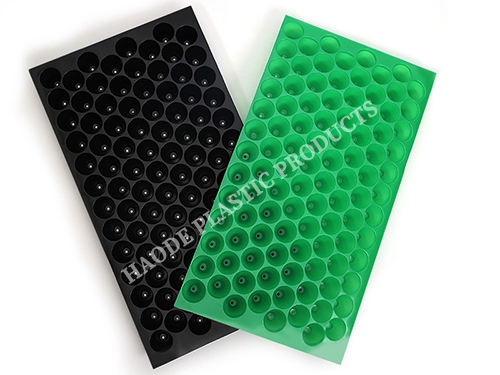
Choosing the Right Air Pruning Seed Trays
When selecting air pruning seed trays, consider the following:
Cell Depth and Volume
Make sure the tray provides enough room for initial root development. Deeper cells (2–3 inches) are ideal for larger seedlings.

The CNC Seed Braiding Machine is a high-precision, fully automated agricultural equipment s...
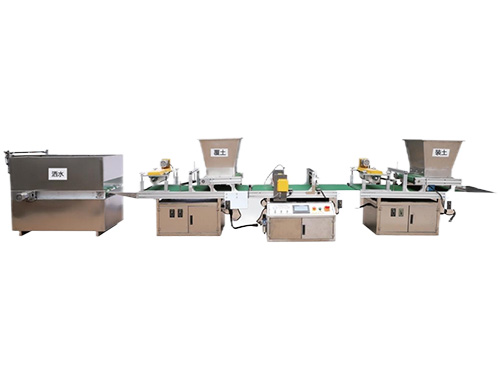
It adopts electrical integration and can be started by pressing the fully automatic button ...
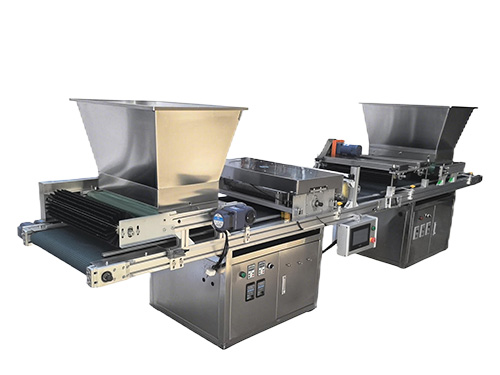
The XP750 seeder has stable performance, excellent product quality, simple and convenient o...
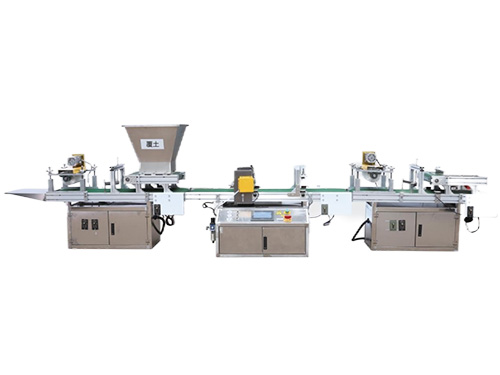
It adopts electrical integration and can be started by pressing the fully automatic button ...



